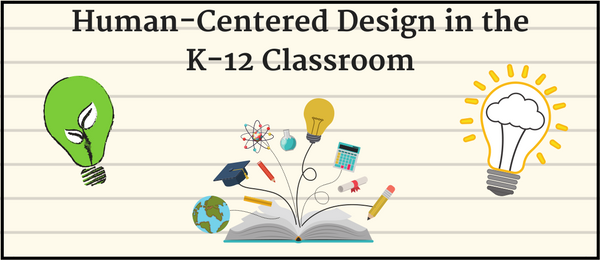What Is Design Thinking?
Design thinking continues to garner attention across K-12 grade levels and content areas as a way to engage students in collaborative problem-solving in an authentic context. The formal and informal learning that occurs throughout a human-centered design challenge can address course standards/learning targets in the short term, while equipping students with creative confidence and a skill set that can be deployed throughout their lifetime.
Understanding the Mindset
But what is design thinking? Well, although a single definition is difficult to pin down, it is a mindset. Design thinking oscillates between divergent and convergent thinking, which engages both the creative and analytical mind at different times throughout the process. In practice, it is an exercise in empathic learning, problem-finding and ideation as a means to create something that will measurably improve the lives of the people whom the design team intends to serve.
Understanding the Why
But how can classroom teachers pull this off, given the ever-present constraints of time, space and resources, among others? In a recent NEA Today article, Mary Ellen Flannery highlights a few educators who are using design thinking to enhance teaching and learning in (and outside of) their classrooms. As Dan Ryder rightly notes, “The secret sauce is the empathy piece.” This is critical to understanding the WHY behind design thinking…it’s all about serving others! Empathy is woven into every aspect of any design process — yes, there are numerous design processes — and the needs of stakeholders act as the North Star as designers work toward developing a solution.
A Hands-On Approach
No doubt, design thinking is best learned by doing, so if you’re interested in a graduate-level course that will immerse you in an experiential learning environment, please consider EDU 913: Design Thinking in Education (developed collaboratively by Wilson College and Eduspire). Each of the resources, discussions, activities and assignments are intended to equip students (i.e., everyday educators) with the knowledge and skills needed to facilitate a design challenge at any grade level and in any content area. The nature of the job requires educators to design every single day, so it’s not a matter of if but rather how successful implementation of design thinking can be achieved.

